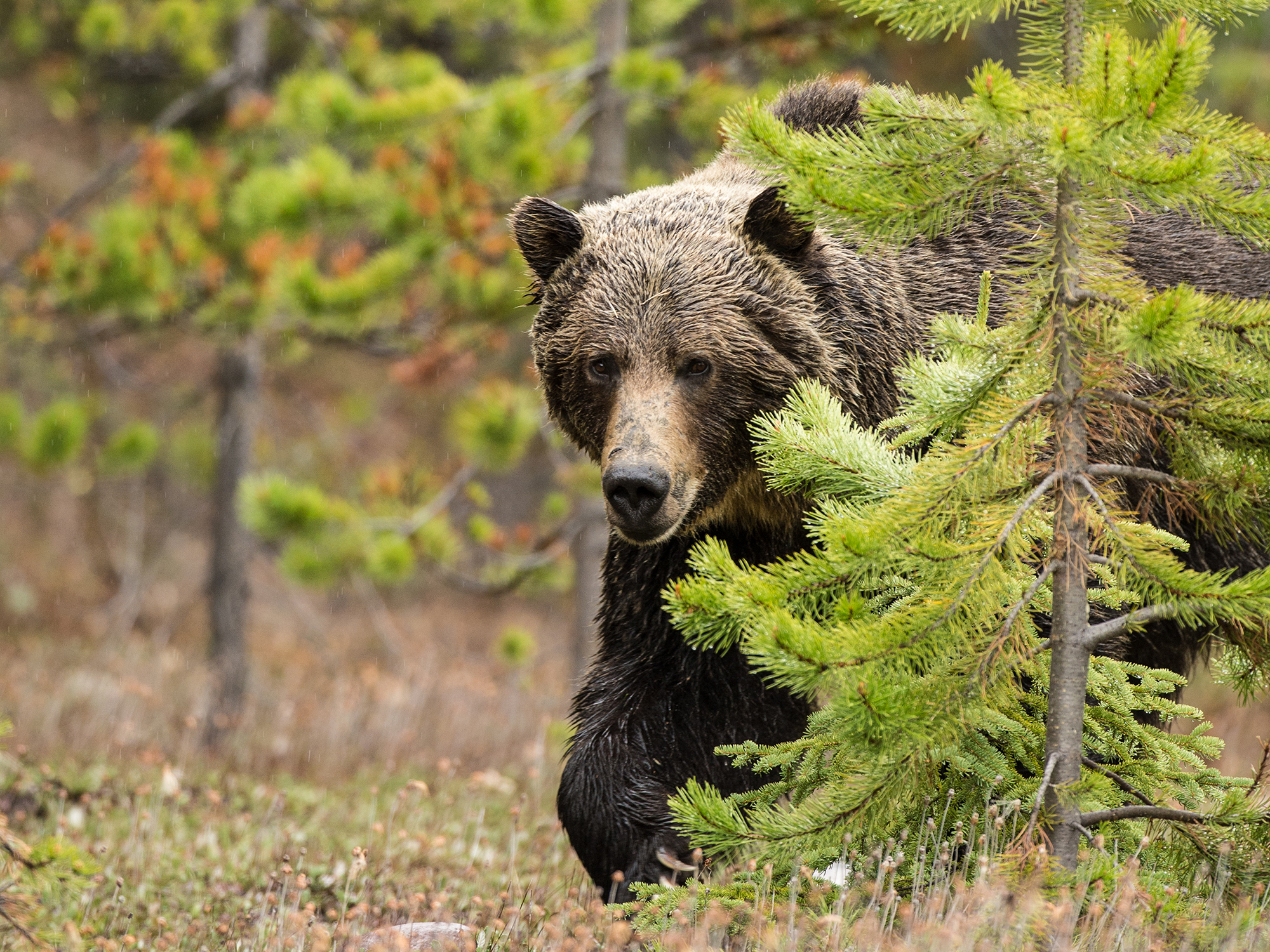GENE COUGHLIN’S WIFE hates it when he hunts alone. But the 64-year-old bowhunter prepares as best as he can and goes anyway. The lifelong Montanan has rules: Don’t go anywhere without a shotgun. Load it with alternating slugs and 00 buckshot. Never cow call from the ground. Get meat out fast. Expect to lose some anyway.
When he hikes in to one of his treestands along the Blackfoot River, Coughlin carries that 12-gauge in one hand, his bow in the other. Strapped to his chest is a can of pepper spray and a .44 Magnum; a 10 mm Glock rides on his hip.
This is how he was geared up one evening a few years ago when he ran into some paddlers. They didn’t look like locals.
“I’m going across the river and I’m clanking and banging with all this steel,” he says. “And here come five ladies floating around the corner in their boats. And they pulled up to me in their canoes and they said, ‘What are you hunting?’ I said, ‘Well, I’m hunting elk. But,’ I said, ‘Ladies, you don’t know the hornet’s nest we got down here.’”
They were in the heart of grizzly country, Coughlin explained, and this riverbottom—the whole valley—was crawling with bears. In fact, his neighbor had been fishing this very spot when he rounded the bend and got charged by a sow. His advice? Make a racket, paddle fast, take out before dark. As he continued to his stand among the cottonwoods, he heard them break into song.
“Ninety-nine bottles of beer on the wall, 99 bottles of beer…”
More Bears, Few Fatalities
If you listen to enough bear stories from folks like Coughlin and read enough news, you might be convinced of a prevalent narrative: As grizzly bear populations increase in the West, bears are attacking more people—especially backcountry hunters and transplants to the West who don’t know much, if anything, about bear safety. Simply Google “grizzly attacks,” and you’ll find a glut of stories that at least imply an alarming trend.
While that narrative makes for sensational headlines, it’s not really what’s happening on the ground. The reality, it turns out, is more complicated. Yes, bear populations are increasing, and yes, human–grizzly bear conflicts are on the rise. And that’s a real problem. But the best research available shows that grizzly attacks and human deaths aren’t increasing—at least for now.
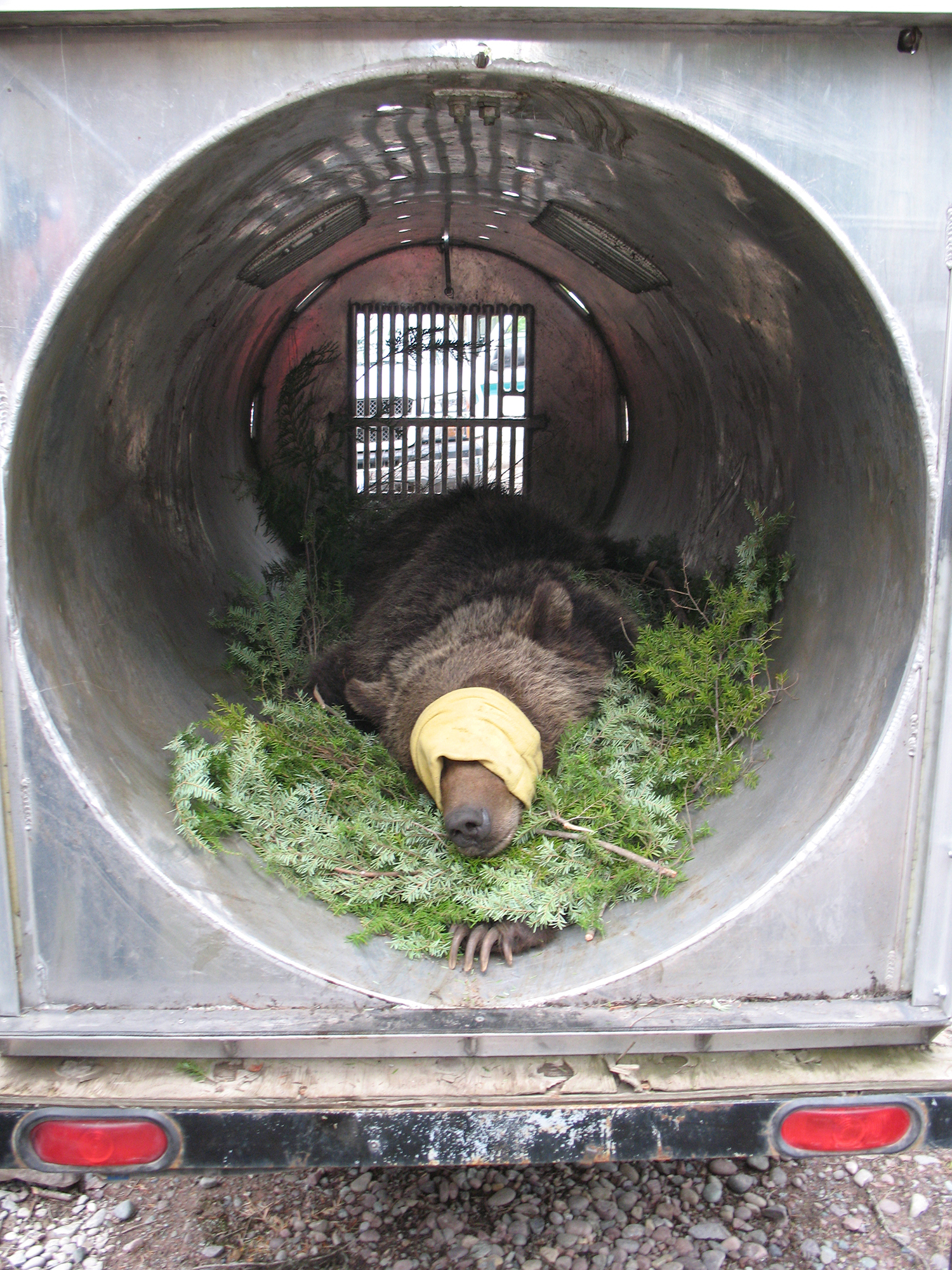
From Coughlin’s Montana ranch, it’s barely 11 miles to the closest town of Ovando, which made national headlines last year when a grizzly entered a campsite for the second time in one night and dragged a 65-year-old touring cyclist from her tent at 3:30 a.m. She was mauled to death behind the post office.
Dozens of stories were published in the wake of her death, the widespread national coverage resurfacing with fresh stories and commentary each time Montana Fish, Wildlife & Parks released new updates around the case. The public waited as officials launched a full-scale search for the grizzly responsible: a boar that was shot and killed as it approached a chicken coop 48 hours later. When details were publicized about how the victim and her companions had kept food in their tents and secured it only after the grizzly first strolled into camp, online commentary turned ugly.
Despite all the coverage, at the heart of the story was a single fatal bear attack. And those remain extremely rare.
Just two people in the lower 48 were killed by grizzlies last year; both attacks occurred in Montana. (Alaska and Alberta each saw a pair of fatal grizzly attacks in 2021, and there were also two fatal black bear attacks in the lower 48 last year.) These were the first fatal grizzly attacks in the state since 2016.
Their rarity doesn’t make those deaths any less devastating. The woman killed in Ovando was a retired nurse who had once helped her rural California community rebuild after a wildfire. The backcountry guide who died from grizzly wounds in West Yellowstone last spring was a loyal son who had been fishing at the time. Most recently, in March 2022, another experienced outdoorsman was mauled to death by a grizzly just north of Yellowstone National Park.
Nor are those deaths surprising to veterans of grizzly country. Hunters like Coughlin go about their lives expecting to be attacked sooner or later.
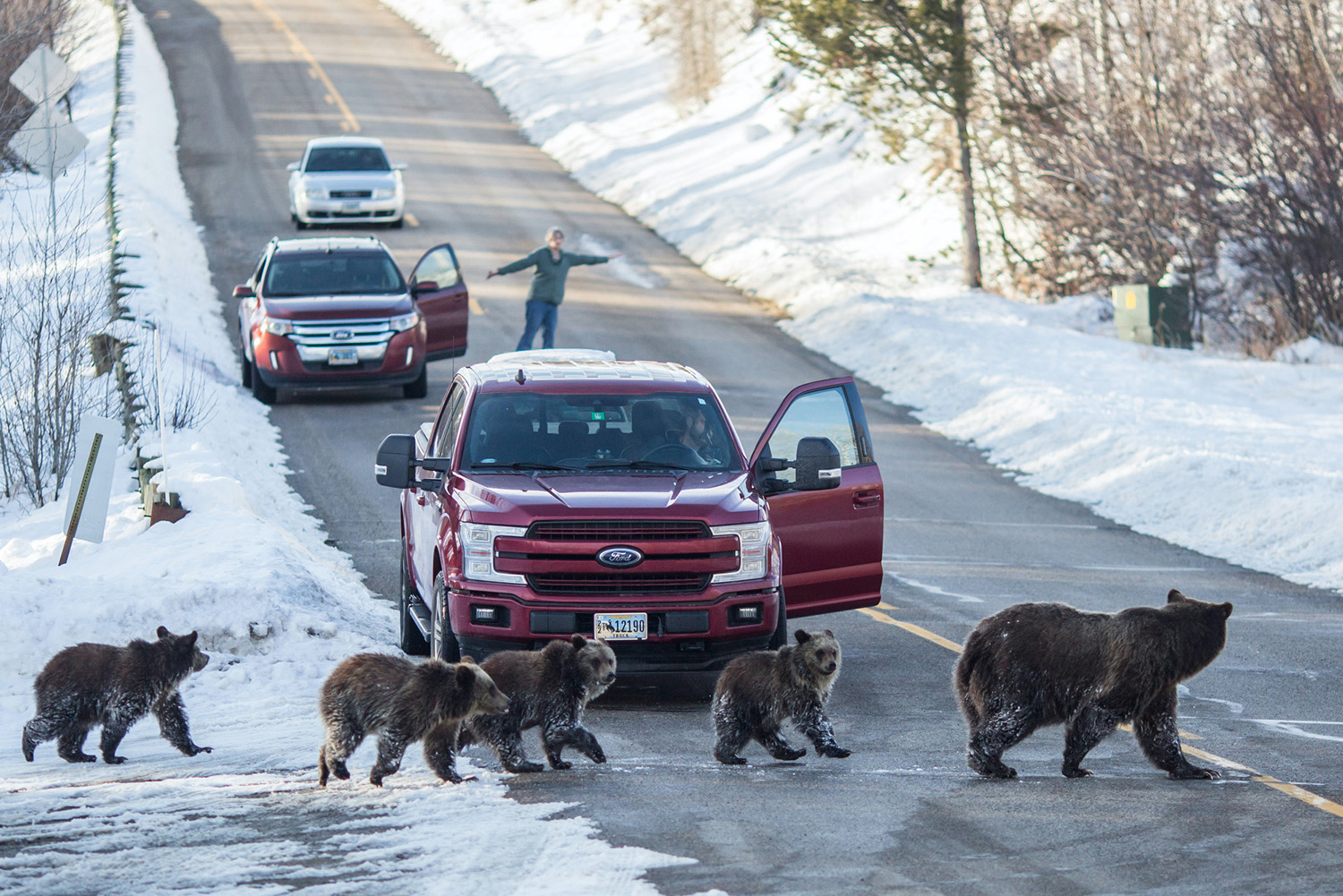
Statistically, however, the recent fatalities aren’t enough for us to declare an uptick in grizzly attacks—fatal or otherwise.
“We cannot conclude that there is a trend in grizzly bear attacks, human injuries, or even that bears are becoming more aggressive,” says Frank van Manen, team leader of the Interagency Grizzly Bear Study Team, under the U.S. Geological Survey. “If you look at the data, there’s no evidence for that.”
Part of it is the sample size. It’s unwise, van Manen points out, to draw any kind of conclusion from such small numbers. It’s true, for instance, that the IGBST’s 2020 Yellowstone report says the Greater Yellowstone Ecosystem “did witness a relatively large number of human-bear encounters [in 2020] that resulted in human injuries, and we speculate this may have been associated with a greater number of recreationists in the backcountry, particularly in the early months of the pandemic.”
But that “relatively large” number is just four human injuries in the Montana portion of the GYE, up from the decade’s average of three injuries per year. While numbers are not yet available for 2021, there has been one publicized attack in the GYE in 2021: the fatal mauling of the backcountry guide.
“What we observed in 2020 is similar to long-term results from 1991–2020,” the report goes on, noting that “grizzly bears reacted aggressively toward people in only 4 of 192 encounters in Yellowstone National Park in 2020.”
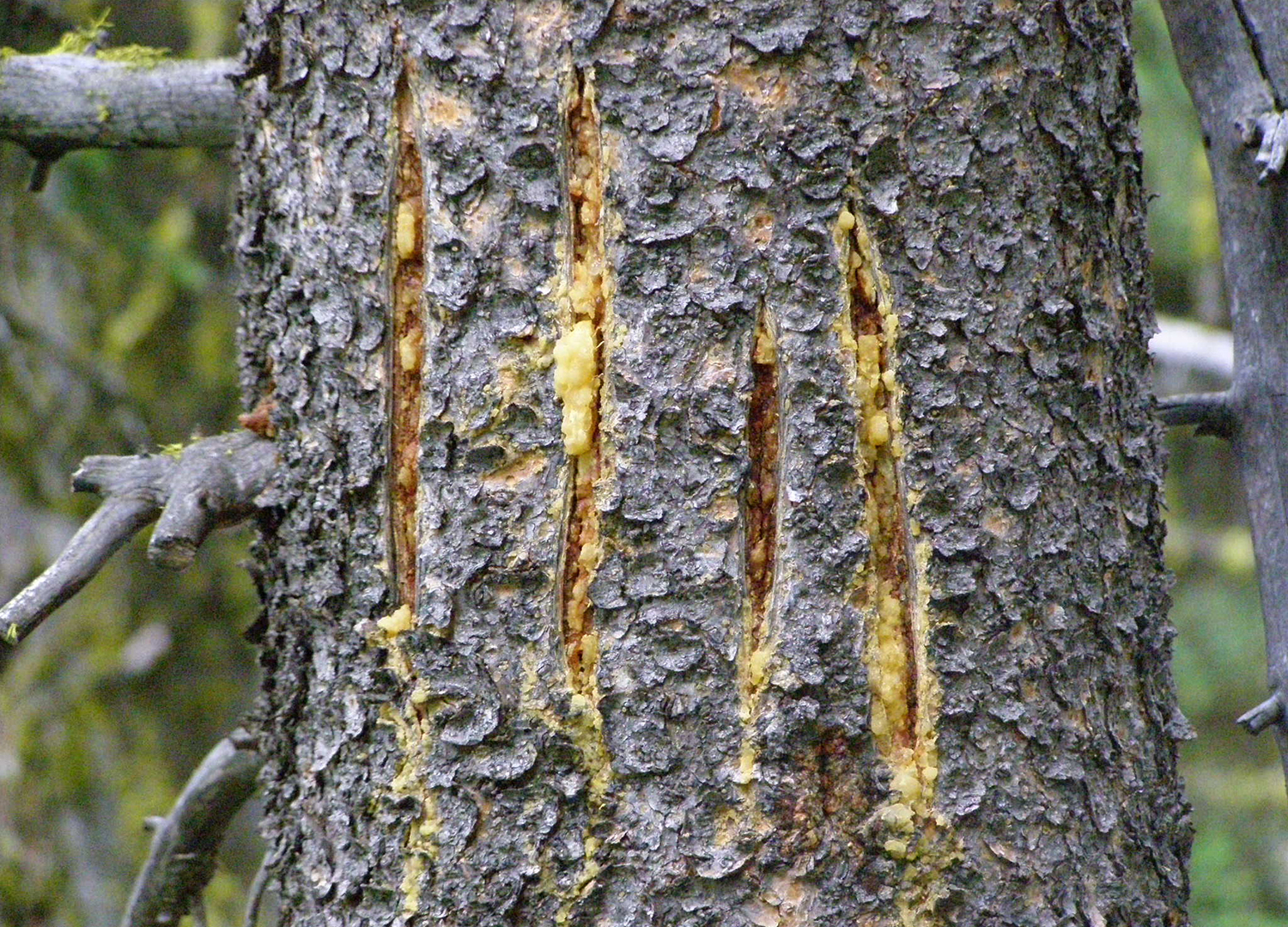
In fact, unpublished data provided by IGBST for this article (see the chart below) shows human injuries in the GYE are actually down from a high of 14 griz attacks in 2011. This is remarkable, van Manen says, because there are now more bears around Yellowstone than at any time in the last century. The IGBST readjusted historically conservative (and historically criticized) bear population numbers this fall, announcing a record estimate of 1,069 bears in the Greater Yellowstone Ecosystem. There was not a true leap in actual bears between 2020 and 2021; biologists adjusted their population model so it was less conservative. In other words, biologists knew they were undercounting bears to begin with. That was by design, says van Manen: It’s usually wise to be conservative when you’re bringing a slow-reproducing species back from the brink of extinction.
DOCUMENTED HUMAN INJURIES CAUSED BY GRIZZLY BEARS IN THE GREATER YELLOWSTONE ECOSYSTEM 1992–2020
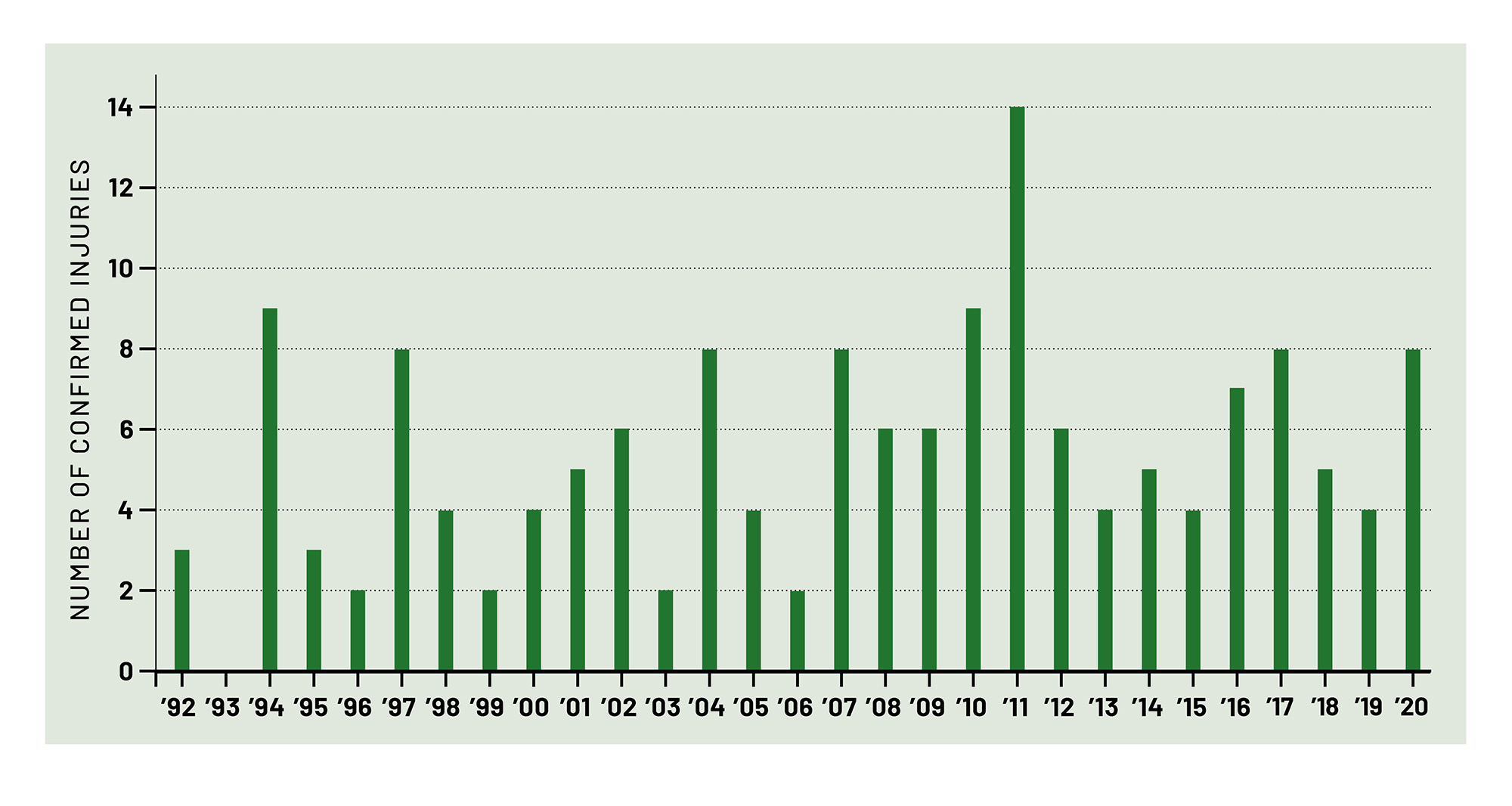
Comparing modern attacks to the early days of griz restoration, however, definitely shows a trend: a declining one. Even though there were far fewer bears in Yellowstone National Park, grizzly-induced injuries were much higher in the 1960s and ’70s. Higher even than in 2021, when attendance hit a record high of 4.8 million visitors.
Of course, there are always park goers who break federal law by disregarding Yellowstone’s 100-yard distance requirement for observing grizzlies. One tourist from Illinois approached a sow in the park to record video as other onlookers backed away. The griz charged. The woman wasn’t harmed, but that footage cost her federal fines and four days in jail.
It’s true that human-bear encounters like this one—in which neither the bear nor the human is injured—are on the rise. There are more bears on the landscape, more people living in bear country, and more people recreating in bear country. In fact, van Manen says, this combination of high encounters and low fatalities is proof that grizzlies and humans are coexisting well on the landscape.
“We don’t necessarily find out about encounters that might have involved aggressive behavior or that could have led to an attack but didn’t.”
When there are deadly encounters between humans and grizzlies, it’s far more common for the bear to be killed. More than 80 percent of documented grizzly mortalities are caused by people, reports the IGBST. This includes everything from management killings to car accidents. Although no such killings are listed among bear mortalities in 2021 (some incidents remain under investigation), at least four people killed GYE grizzlies in self-defense in 2020. These mortality rates aren’t enough to affect the species’ recovery, but they do raise a question: What about all the incidents in which no one pulls the trigger?
“Part of the problem is there’s no national database on something like [grizzly encounters]. It’s really difficult to keep track of them,” says van Manen. This is one reason grizzly reports (including this article) rely so heavily on Yellowstone data, because that national park keeps the best records. “We always find out about [human] fatalities, of course. We usually find out about injuries. But we don’t necessarily find out about encounters that might have involved aggressive behavior or that could have led to an attack but, for whatever reason, didn’t quite end up there. A lot of times those types of encounters are not necessarily reported.”
Yellowstone National Park puts the odds of being injured by a griz at 1 in every 27.7 million overnight stays at a roadside campground. That risk goes up when you camp in the backcountry (one injury per 1.7 million stays), and even more when you travel by foot through the park’s backcountry (one injury for roughly every 300,000 days). Even that riskiest of behavior still offers only a .0003 percent chance of any injury from a grizzly.
But those odds are scant reassurance when you’re up to your boots in bear sign.
Conflict of Interest
Coughlin is a fifth-generation Montanan, and his family has ranched that western Montana valley since arriving in the late 1860s. Barely 7,000 people live in Powell County; Missoula and Helena are more than an hour’s drive each, in opposite directions. His 6,000 acres border the southern range of the Northern Continental Divide Ecosystem, one of six grizzly recovery zones in the lower 48. It’s in precisely these places—where suitable grizzly habitat transitions to towns and ranches—that frustrated folks like Gene Coughlin face near-daily encounters with grizzlies.
As in the Greater Yellowstone Ecosystem, bears are thriving in the NCDE. Its mountains are home to an estimated 1,068 grizzlies. The outskirts of that ecosystem are where most of its 251 confirmed human-griz conflicts occurred in 2020. They ranged from bears chowing down on birdseed to bears killing goats. Seven of those were aggressive encounters with humans; four involved human injuries.
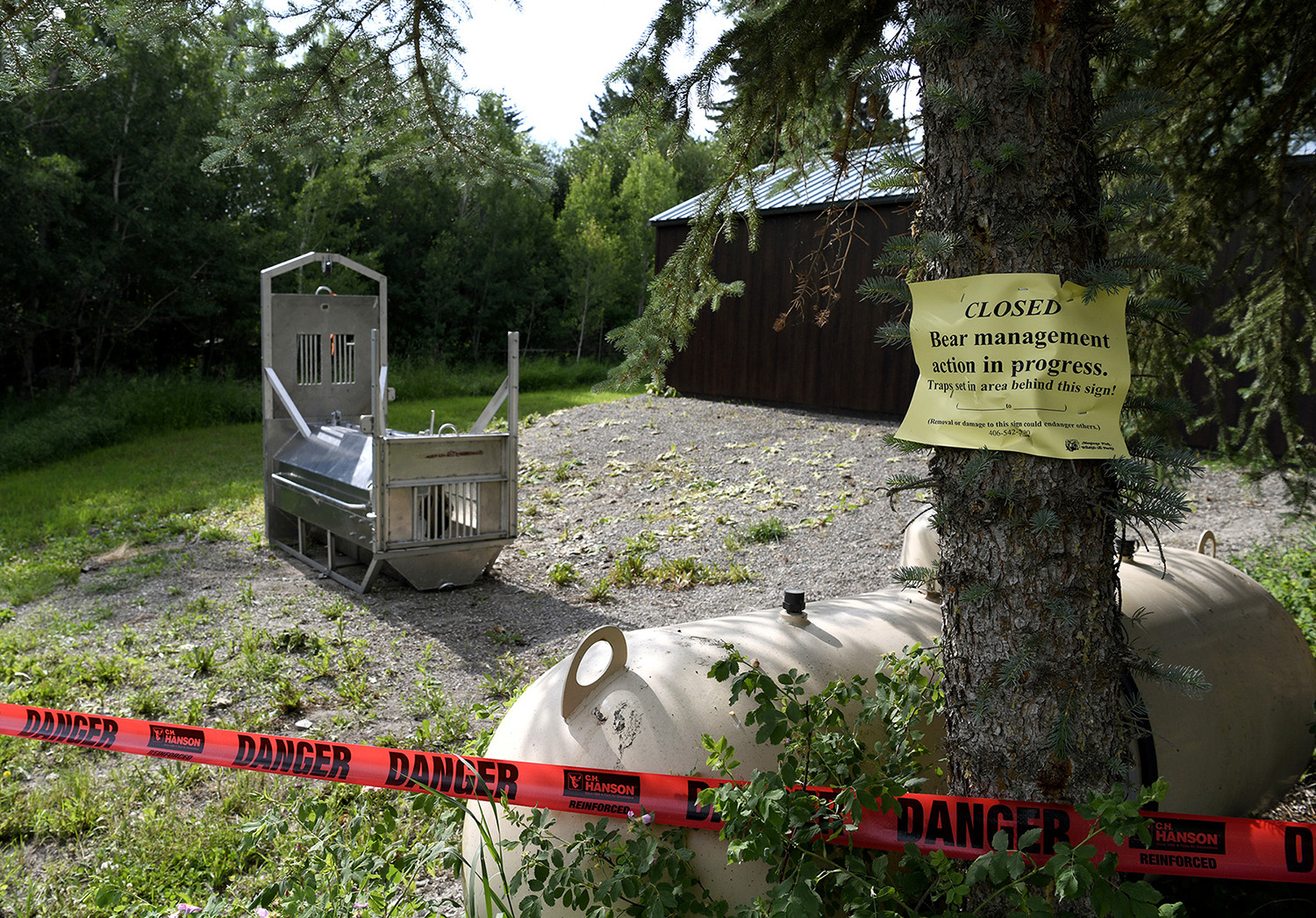
Encounters of the kind Coughlin often describes don’t usually make this list. Property isn’t destroyed, and humans aren’t harmed. But they’re still close calls. Grizzlies flock to his cow calls, keep him treed in his archery stands, and steal his elk meat. Whenever the neighbors kill gophers, grizzlies come “running like Labradors.”
“And you’re shooting gophers and trying to miss the grizzlies as they’re standing out there eating the gophers. The shots don’t even faze them. … If some people see a bear once a year or once in a lifetime, they think they’ve seen something. Well, not around here. It’s a real problem,” says Coughlin. “We are sick and tired and fed up with these grizzlies. As far as I’m concerned, I could like to see them all gone.”
“The ESA was important to get us to a recovered place, but there are restrictions and rules in place that are not meant to be in place forever.”
—Dan Thompson
It’s not that state officials aren’t frustrated, either. After two decades of a federal tug-of-war between wildlife managers and the activists who sued to prevent USFWS from delisting GYE and NCDE grizzlies in 2007 and 2017, the states are fed up with the bear’s continued “threatened” status under the Endangered Species Act. Governors from Montana, Wyoming, and Idaho—the three Western states with known grizzly populations—recently petitioned the USFWS to delist grizzlies where recovered and turn grizzly management over to their respective states.
“We have a population that has been biologically recovered for a long time,” says Wyoming Game and Fish Department large carnivore section supervisor Dan Thompson, who focuses on the Greater Yellowstone Ecosystem. “And we are proud to be part of that. … The ESA was important to get us to a recovered place, but there are restrictions and rules in place that are not meant to be in place forever. … They kind of lose their merit once you have a fully recovered population.”
Hunting on Grizzly Turf
In 1998, Clarke Turner drew a once-in-a-lifetime Wyoming moose tag. Late that August, the 40-year-old decided to camp and scout the Bridger-Teton National Forest roughly 12 miles south of Yellowstone. This wasn’t new territory: It was where he hunted elk each fall and where he’d been seeing more grizzly sign with each passing year. He’d just read about bear spray in a hunting magazine and figured he should grab a can. The EPA registered a bear spray for the first time that same summer, but most brands weren’t yet regulated. So Turner bought what was available in a local sporting shop—an unlabeled can—and headed into the mountains.
Turner was hiking along a ridge when he heard what sounded like a dog panting. The panting grew louder, and he knew what it meant. He started singing and readied his bear spray just as a boar plowed over the ridge at 40 yards.
It took the boar two seconds to close the distance, surging forward on all fours and lunging for Turner’s leg. He deployed the pepper spray properly—the bear’s face was coated a bright orange—but it didn’t seem to bother the animal. Instead, the griz shook Turner like a dog with a toy, whipping him back and forth.
“I just kept spraying him in the face. He tried to swat the can away and hit my binoculars and broke them in half. Then he put three gashes on my chest.”
This was the only time Turner felt any pain during the attack. Not from the cuts themselves, but from the pepper spray that was dripping into them off the bear’s muzzle. Then he blacked out. When he came to, the bear was 20 yards off and walking away.
“Our eyes met, and I go, Oh no, I shouldn’t have done that. ’Cause you’re not supposed to look a bear in their eyes.”
But the bear kept walking, so Turner grabbed a stick for a crutch and limped two miles to his truck. An investigation later concluded that Turner had unknowingly walked between the griz and its calf moose kill.
This scenario—a man in the backcountry getting between a griz and the moose it had been eating—is how Carl Mock was killed in the Greater Yellowstone Ecosystem last spring. (To be clear, bear spray is now regulated by the EPA, and Turner relies on oil-based pepper spray whenever he ventures into bear country.)
“If you hunt in grizzly bear country, you have to take extra precautions. And that is really challenging because everything you do as a hunter is kind of opposite of what you should do to avoid an encounter with a grizzly bear,” says van Manen. Slipping quietly through the woods or deboning a fat elk are both good ways to increase your chances of an encounter. “So it’s extremely challenging, and we certainly have a pretty good number of instances of hunter encounters with bears, and in some instances, those end up with either a bear attacking or a bear getting shot.”

This is precisely the experience of one 48-year-old Wyoming elk guide, who asked not to be named because of how controversial grizzly relations are out West. He spends upward of 200 days per year in the GYE wilderness. Grizzlies pad into his camp every night, he runs into them on the trail, and he’s seen the red tape that entangles hunters who’ve killed bears in self-defense. It’s one of the reasons he supports Wyoming’s law requiring nonresident big-game hunters to hire an outfitter in the state’s federally managed wilderness areas. He’s also skeptical of “experts” who’ve spent little time living with grizzlies.
“I always hear this. ‘Oh, so-and-so’s a bear expert. They’re teaching something in Jackson.’ And I’m like, ‘Well, what makes you an expert? Is it reading up on it? Or is it in-the-field experience?’” says the guide, who won’t call himself an expert despite more than two decades guiding in the densest grizzly country in the lower 48. He’s seen enough bears deviate from expected behavior to remain skeptical. “I’m gonna be a realist. It’s a wild animal. I like to think I have a pretty good understanding of body behavior and what they’re thinking. But at the end of the day, you don’t know what they’re gonna do.”
When Bears Come to Town
Right now, biologists say there are only about 60 grizzlies in Annis’ region, defined as the Cabinet-Yaak Ecosystem. That means most of her cases involve black bears—about 400 each year, with roughly 25 grizzly calls sprinkled in. But the two are intertwined: Her job is to prevent future grizzly conflicts by solving black bear problems now. Each chicken coop she secures or resident she educates is one fewer chance for a griz to get in trouble.
“I worry about people moving in and seeing the wildness as something they get to enjoy, but don’t necessarily need to accept responsibility for.”
—Ryan Dorgan
Residents who won’t work with bear managers like Annis are the kind of folks who concern Ryan Dorgan. Dorgan moved to Jackson, Wyoming, in 2015 to work for the local paper, and there’s one headline in particular he’ll never forget: “Apathy kills town bear.”
The 2017 article, published in the Jackson Hole Daily, details a frustrated Wyoming carnivore biologist who went door to door to speak to residents about their bird feeders and trash cans. No one seemed to care. There had been 32 bear conflicts in just a few short weeks, and a food-conditioned black bear had to be euthanized.
“I think a lot of people who’ve lived around Jackson historically do so because they appreciate the wild qualities of the place and make a choice to try to live in that wildness and be a part of it,” says Dorgan, a photojournalist who witnessed the town transformed by more tourism, residents, outside investment, and development. “I worry about the potential for people moving in and seeing the wildness of Jackson and the Greater Yellowstone area as something they get to enjoy and look at, but don’t necessarily need to accept the responsibility for or be a part of.”
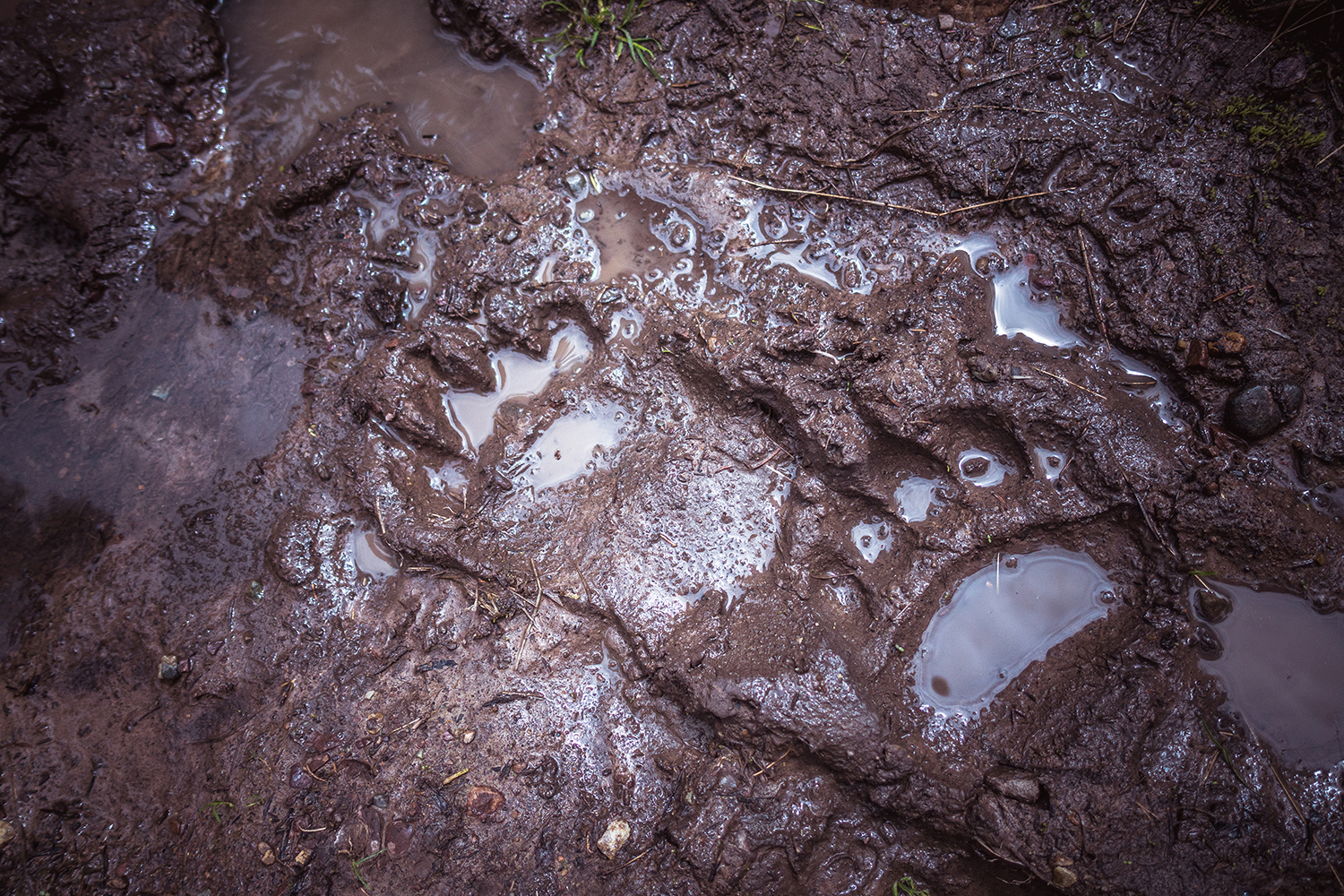
When Dorgan arrived in Jackson, a coworker said not to worry about grizzlies in town. Just after he moved away last fall, nighttime surveillance footage caught the now-infamous grizzly bear 399 strolling through downtown Jackson with her four subadult cubs. (Dorgan had seen the sow a few times himself before leaving town; he took the photo of 399 above.)
As a biologist, van Manen knows there’s nothing special about 399 save for the fact that she’s a reproducing resident female—the exact type of bear that’s key for grizzly restoration. There are other bears like her on the landscape—she just happens to be a highly visible one. The local elk guide says it’s already too late for 399. She’s become a problem bear.
“Someone’s gonna get mauled,” he says. “I hate to say that, but that’s the truth. You play with it long enough, it’s gonna happen.”
In a lot of ways, 399 represents much of the grizzly conflict in the West. The sow’s an iconic critter adored by wildlife lovers across the country. She’s also a wild animal that could very well kill one of the people she lives alongside.
It took Clarke Turner, the moose hunter who was mauled, months to recover from his wounds. Later, he quit his exhausting government job and became a fishing guide on the North Platte. He refused to let fear keep him from hunting. Instead, he read every bit of research and bear guidance he could get his hands on. WGFD deferred his moose tag to the following year, and Turner killed a great bull. For five more years, he hunted elk in the GYE. Finally, the grizzlies drove him to find new hunting ground. It just wasn’t fun anymore.
This story originally ran in the Survivor Mindset issue of Outdoor Life. Read more OL+ stories. And listen to seasons 1 and 2 of the Outdoor Life podcast on Spotify, Apple, or wherever else you get your podcasts.
